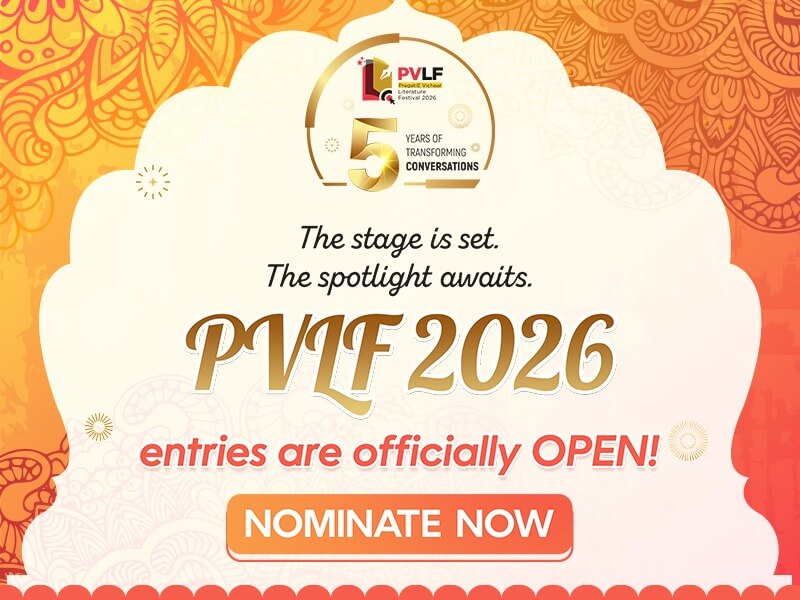Interview With Ms. Isabelle Moulin, Author of ‘Impressions Indiennes’
on Apr 06, 2022
.jpg)
Ms. Isabelle Moulin's ‘The Silk me Back’ has been supported since its inception by the Hermès Foundation (Paris), the textile and silky consortia of the Auvergne Rhône-Alpes Unitex and Intersoie Region, the DRAC, the Auvergne Rhône-Alpes Region, the Lyon Metropolis, the City of Lyon.
In 2011, she created the Silk me Back, an approach that closely combines heritage and contemporary expressions, combining scientific, technical and artistic perspectives on the theme of silk and textiles.
Arts Asiatiques Guimet in Paris and the Musée des Confluences in Lyon have earned her the title of Knight of the Order of Arts and Letters in 2017. She is also a stage designer at the ENSATT in Lyon, the Nantes-Atlantique School of Design and the Martinière-Diderot School of Textile Design.
She is a lecturer and contributor to the Académie des savoir-faire de the Hermès Foundation.
She is also an honorary Fashion and Design Expert at Lovely Professional University in Punjab
Since 2015, the Silk me Back has been publishing a «Silky Collection» combining artistic, scientific and technical perspectives on the theme of silk.
The N°1- J as Japan was published under the aegis of the Musée des Arts Asiatiques Guimet in Paris where its release gave rise to a day of studies in 2016.
The N°2-R as Routes was published in partnership with the Musée des Confluences de Lyon where its release gave rise to a conference/debate and concert day in 2017.
No. 3-I as Impressions Indiennes was designed following a silky mission organized by the French Institute of New Delhi and Jaipur in November 2019. She launched her book at the Oxford Bookstore in Kolkata.
Frontlist: Would you like to share something about the Book ‘Impressions Indiennes’?
Isabelle: The no. 3 of our Silky Collection delivers the first Indian Impressions captured on the return of a silky mission carried out in autumn 2019 under the aegis of the French Institute in India.
Still on the principle of an Primer, this no. 3 offers 10 themes common to India and France as well as to its capital of silk, Lyon, its Metropolis and its Region: Contemporary Art, Cinema, Colors, Education, Cuisine and silky delicacies, Reciprocal inspirations,Festival of Lights, Museums, Digital… These common themes will be linked, re-visited under a silky filter by cross-views between artistic, scientific or technical specialists.
Frontlist: What is the meaning behind the organization's Name - ‘Silk Me Back’?
Isabelle: It is a kind of pun that expresses the need for a return to the very essence of silk, to its qualities and especially to the values it conveys: excellence, sophistication of course, but silk is above all a vector between transversal themes that allow us to travel between issues of yesterday, today and tomorrow…
Frontlist: How does this book assist to establish the alliance between India and France to understand silk and textiles?
Isabelle: By highlighting the themes that are common to us, this book shows that our French-Indian relations, our mutual inspirations if they were forged before all things thanks to the vector of silk and textile, today cover many other contemporary and projective fields.
Frontlist: Books on Silk published in Japan and China have already been published. How did those books play a significant role to understand scientific, technical, and artistic opinions on the theme of silk and textiles?
Isabelle: In the same way, these first two books of our Silky Collection have demonstrated the existence of relations, mutual inspirations and affirm once again that, in the image of the Silk Road, the silky and textile language is a universal language that conveys skills, know-how, expertise of course in this field but also other more global notions referring to questions, geo-strategic, social, economic, philosophical, ecological.
Frontlist: How does Artificial intelligence give a new magnitude to Silky Mission?
Isabelle: So are we only at the beginnings of artificial intelligence where are we already completely there? I certainly would not have the presumption to answer this question…
But it is interesting to remember that if we are gathered today around this question of artificial intelligence, it is because it is based on a process, considered as the trigger of the first industrial revolution: the Jacquard business line developed in Lyon to improve the technology of the textile industry. With these famous punched cards initially created and perfected successively by Bouchon, Falcon, Vaucanson and Jacquard, we are indeed dealing here with the second application of the Leipzig binary theory, the encoding of a complex textile design in perforated cards, in 1.0 which thus have a central memory, distinct from the executing bodies, etc.
This famous 1.0 could not have existed without this notion of 0, established by Indian mathematicians, this notion so distressing, for Westerners, appeared very late even though it was so present in Hindu philosophy, where emptiness and infinity are in the very essence of the cosmos.
This Jacquard process, this «program» is in a way «intelligent» compared to the mechanical systems it controls, since it is enough to change sets of cards to produce other things without modifying the tool mechanically.
Charles Babbage and Ada Lovelace will then resume the process to develop what is considered the first computer in 1834… Hollerith will use it to create what became IBM…
I thought it important to pay tribute to this filiation to these precursors, to these “makers” before the hour, to these curious minds, ingenious, tinkerers who have brought us together today… and of which we are all descendants in some way… For example, Google was not mistaken in simply naming its program on connected textiles… Jacquard!!!!
This projective dimension has always been at the heart of the Silk me Back’s concerns: closely combining heritage and contemporary technologies
Frontlist: What new opportunities do we see through this silky mission to show the links between Indian and French designers?
Isabelle: With our first mission two years ago, a lot of opportunities had been put in place and unfortunately the pandemic has suspended all these beautiful dynamic exchanges.
Today we are taking over these programs more particularly with universities of Fashion and deign by proposing a Silky summer school which, we hope, will allow many sharing of skills and know-how between French and Indian students.
Frontlist: How do you see this second silky mission in India? How will it be fruitful for both countries (India and France)?
Isabelle: This second mission is unavoidably impacted by the questions raised by the pandemic and the global situation… These necessarily have an impact on the way in which we envisage the way in which silk is produced and disseminated in a global sense, of course, but also at the scientific level, because the ecological problems we are increasingly confronted with invite us to cooperate and urgently sharing our expertise … This mission, the meetings, the meetings that she knew how to initiate shows that these desires for sharing and projective cooperation are reciprocal and we have all the cards in hand to imagine together beautiful silky Franco-Indian tomorrow!!!



.jpg)






.jpg)

.jpg)
.jpg)
.jpg)
.jpg)
.jpg)
.jpg)

.jpg)










Sorry! No comment found for this post.